Can you use a road bike helmet for mountain bike and gravel riding?

The cycling landscape is continually evolving and gravel cycling is now one of the fastest-growing segments in the sport. With many enthusiasts now owning up to three different bikes, the question of whether you should invest in a selection of discipline-specific helmets rather than one dedicated option has become a raging debate.
- The best mountain bike trail and enduro helmets - tried, tested and reviewed
- The best helmets with MIPS for £100 and under - Tried and tested
- When should you replace your bicycle helmet?
It’s become an even hotter topic of late as the cost of living crisis has forced households to reduce unnecessary spending and cut down on what can be considered ‘duplicate gear’.
With many professional cross-country mountain bikers, including reigning UCI Cross-country World Champion Nino Schurter, all using road bike helmets, there appears to be a move toward using one dedicated helmet but, in the end, it all comes down to the terrain, environment and weather.
Structural differences between road and mountain bike helmets
We aren’t suggesting you use an aero time trial road helmet for enduro or downhill mountain biking. The riding requirements between those cycling disciplines are way too different.
But what about using your road bike helmet for gravel riding or cross-country mountain biking? Why would you be dissuaded from using a road bike helmet for off-road riding? The only valid safety reason is total helmet coverage.
Mountain bike helmets are heavier than road bike helmets because there is more helmet structure covering the area behind your ears and the base of the skull.
The difference is instantly obvious if you place road and mountain bike helmets on a table and view them from the rear. The mountain bike helmet has a lot more structure around the lower-aft portion of the helmet. But why?
Off-road crashes might occur at much lower speeds than road bike accidents, but the terrain a gravel or mountain bike rider is crashing into, can be more dangerous in its texture.
Despite the odd road furniture hazard, road riders aren’t at risk of oddly shaped rocks and roots when they crash and impact the riding surface. For off-road riders, it is exactly the opposite. And that’s why mountain bike helmets have extended coverage, to protect the base of the skull and area around the ear, from a rock, boulder or root impact.
The role of Mips and the slip-plane liner
Road bike helmets can’t give you the same calibre of coverage when crashing on a technical mountain bike trail, littered with rocks and roots. But what if all the off-road riding you do is on open gravel roads, smooth flow trails and mild forest paths?
When the off-road terrain you are riding on is wide and benign, it’s quite challenging to formulate a reason for disallowing the idea of riding in a road bike helmet.
Mountain and road bike helmets share a fundamentally similar EPS blown-foam structure. That means they have the same impact resistance properties. The exception relates to enduro and downhill mountain bike helmets, which are heavier and have reinforced structures with more layers of material.
Crash-energy dispersion has become a very topical issue in helmet design. The Mips acronym has transitioned from peripheral crash safety technology to becoming a virtual industry standard.
What is a Mips helmet? Multi-directional Impact Protection. It is a slip-plane liner inside the helmet shell, that moves during impact, to reduce crash energy. Technologies similar to Mips include WaveCell (Trek) and KinetiCore (Lazer) and 360-degree Turbine Technology (Leatt).
Slip-plane liners are not a reason against using road bike helmets off-road, as most premium road bike helmets feature Mips.
Road bike helmets and off-road riding
What are the benefits of using a road bike helmet off-road? Curiously, there are quite a few.
The first is weight. All riders secretly (or quite openly) obsess about component weight. And road bike helmets are lighter than traditional off-road helmets. Lower helmet weight means less neck strain if you are riding vast distances and pedalling for hours.
Aero is a second advantage of using road bike helmets for off-road riding. Any reduction in aerodynamic drag compounds over the time and distance you ride. Helmets are where significant aero gains can be made, calculating fewer wasted watts on those big off-road riding days – especially if you are pedalling into a nasty headwind.
Many mountain bike helmets feature a peak visor. The design purpose of a helmet visor is to prevent momentary vision loss when descending technical trails into a rising or setting sun. There is also a marginal crash safety aspect, with the peak visor becoming a sacrificial element in any direct face impact, absorbing some crash energy – but not much.
Visor peaks are terrible for aerodynamics. On a gravel route or open-terrain off-road mountain bike ride, you’d probably be better off with sleeker safety headwear. The aero advantage of riding in your road bike helmet on a 100-miler gravel ride, as opposed to a mountain bike trail helmet with that visor peak, is significant.
The ventilation debate
Beyond the benefit of lower weight and better aero, road bike helmets also feel comfier and ventilate better. With less material and the absence of extended coverage, a road bike helmet will always feel cooler on a long ride in summer.
Ventilation is a design objective for road bike helmets. When you are rolling along on a sweltering summer day, conquering that 100-miler gravel ride, it is beneficial to have the best possible ventilation.
Some road bike helmets are even adaptable between providing more airflow or aero, thanks to adjustable ventilation ducts. The Kask Wasabi is an example of this, with its adjustable front structure.
Riders can move the Wasabi’s front section, closing its fore ventilation ports, to reduce aerodynamic drag and improve efficiency. Getting too hot? Simply slide the Wasabi’s adjustable front structure back to its ‘open’ position, to enjoy all the cooling airflow you need on that dusty and dry gravel ride.
Camera mounts and eyewear compatibility
If you love recording and posting your rides online, a road bike helmet’s lack of camera mounting hardware is potentially problematic. But road bike helmets feature superior eyewear docking options, which is a much more useful feature for most riders than an action camera mount.
Trail riding mountain bike helmets can compromise your choice of the best mountain bike sunglasses. If your cycling sunglasses have oversized arms, they can be squeezed against the head or pinched into an annoying position by pressure from the helmet structure around your ears and temples.
Because road bike helmets have a slimmer profile, without any coverage close to the ear and temple area, they work better with all eyewear designs, never pinching the arms on your riding eyewear's frame.
The debate concerning specific cycling segments and gear is real. You can’t ride mud-terrain downhill mountain bike tyres on a road bike. But with apparel, it is a bit more nuanced - and helmets can work between cycling categories.
We’d argue that Mips or any slip-plane liner is a must-have for general helmet safety. But gravel riding and mild mountain biking, on fire roads, are so similar in riding characteristics to road cycling that you could potentially use a road bike helmet for those off-road rides.








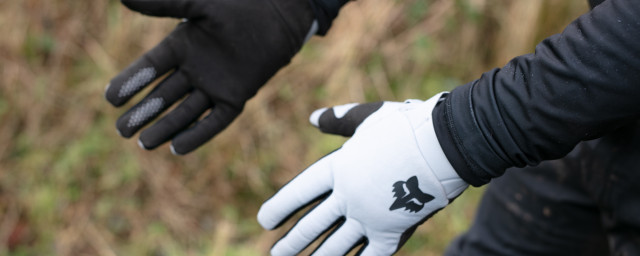

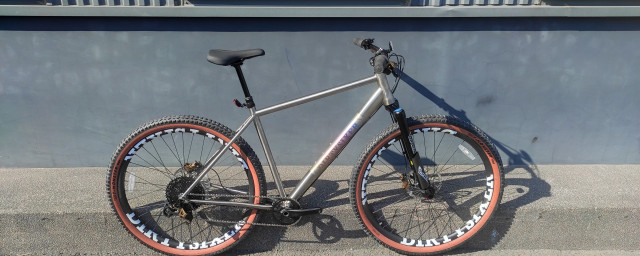

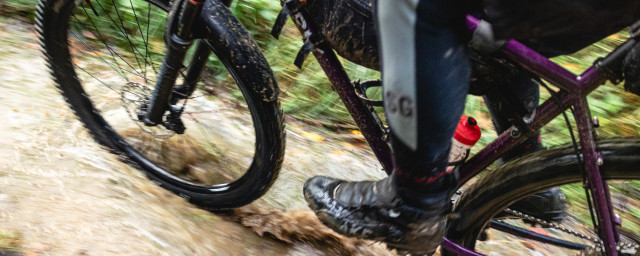
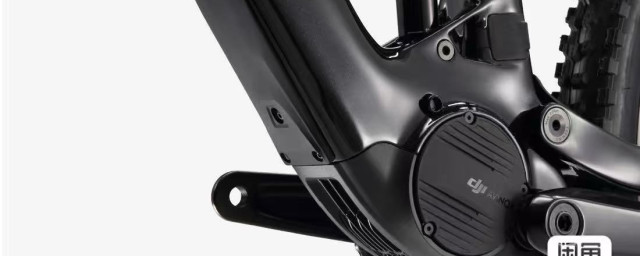
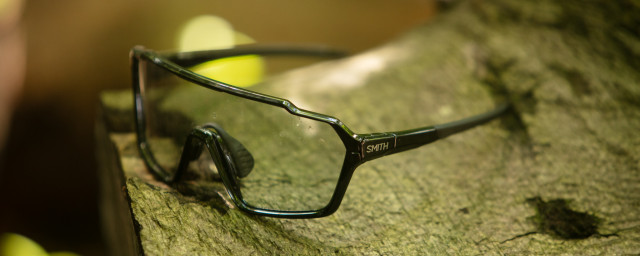
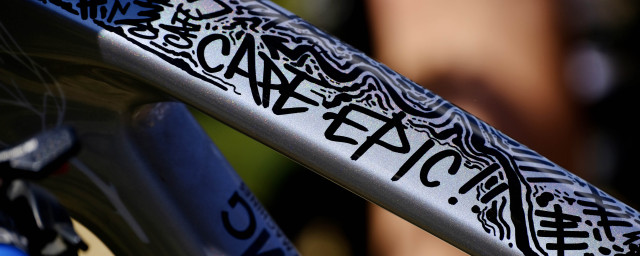
3 comments
I wore a mtb specific helmet years ago when I just rode mtb but once I started riding cx and road and now gravel I just wear the same road helmet for all of them! If it's good enough for XC Pro's it's good enough for me! Also I find a lot of the mtb helmets now look a dorky and overkill unless you're riding downhill and Trail parks!
I wore a mtb specific helmet years ago when I just rode mtb but once I started riding cx and road and now gravel I just wear the same road helmet for all of them! If it's good enough for XC Pro's it's good enough for me! Also I find a lot of the mtb helmets now look a dorky and overkill unless you're riding downhill and Trail parks!
TBH the peaks on modern MTB helmets are now so far above the eyeline (or so they appear to me) that I do wonder if they actually do offer any sun shading. But hey, you can get that pro look of sticking your goggles up there.